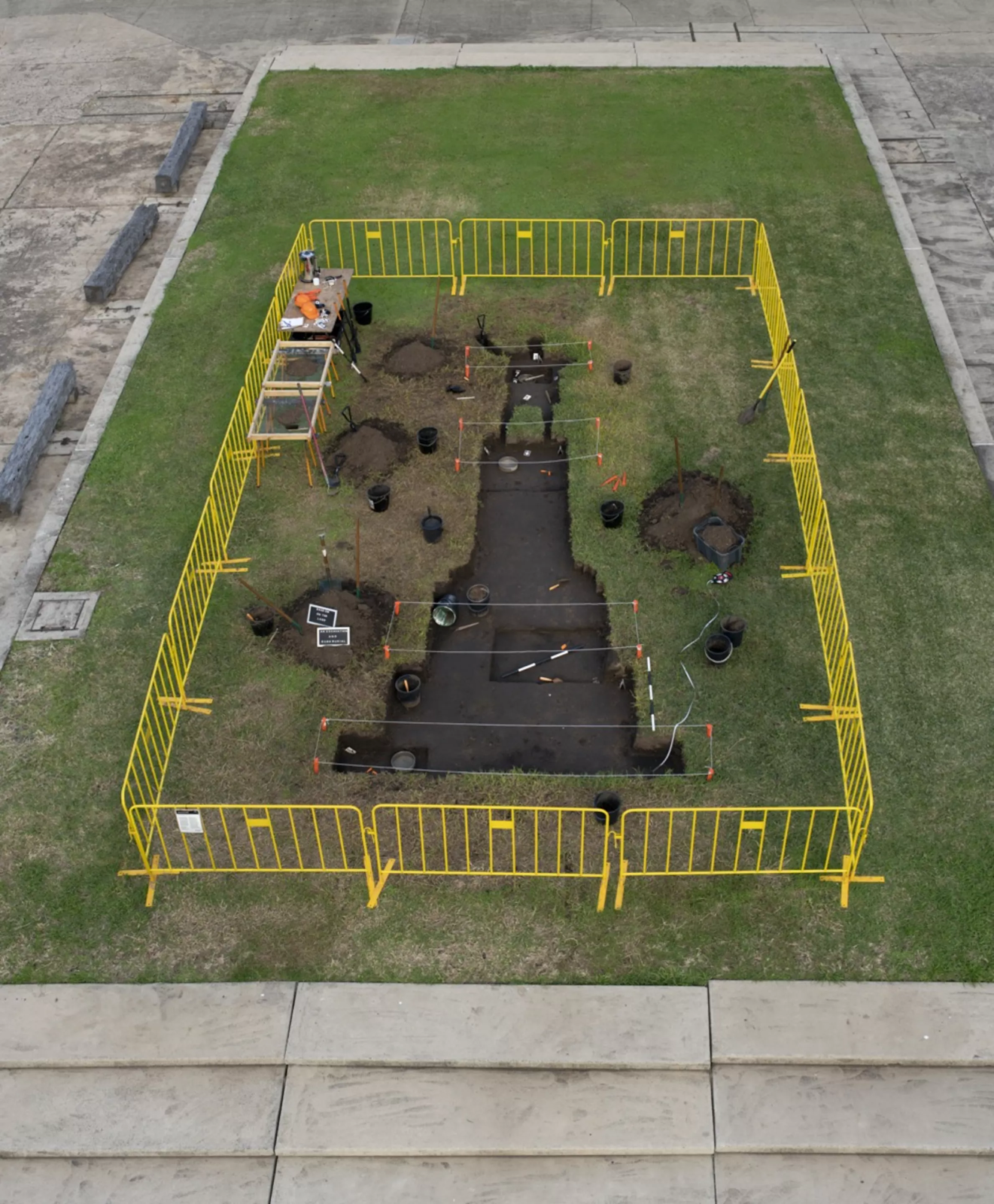Lotte Reiniger
It was Lotte Reiniger that invented many of the techniques that we associate with 20th century animation, her ground breaking innovative techniques were instrumental to the development of Walt Disney's technical innovations. In working with articulated cut black paper stencils she carried on a tradition of shadow play that had existed for thousands of years.
Lotte Reiniger: The Adventures of Prince Achmed (1926)
More of Lotte Reiniger's work
The shadow is one of the most elemental ways to make images and it does not require any technology at all.
In the image above of a woman and child you have the core of the mystery of the shadow. Two human beings stand watching an image of themselves that is not themselves but is intimately connected to themselves. If the humans move their arms their shadows will move their arms. But the shadows are not them, so what are they?
Everything that stands in the sun casts a shadow. Because the shadow reduces everything to flat shapes and it can't differentiate between the things that cast the shadows, new forms are made that are often unexpected. These tree branches can begin to look like people and the shadows of people can begin to look like trees. When two different things cast a combined shadow their differences are eliminated in the new form.
Tim Noble and Sue Webster
Probably the most well known of contemporary artists using the elimination of difference effect are Tim Noble and Sue Webster, the pile of rusty junk has been carefully arranged so that it casts a shadow of copulating rats. Who hasn't at some point in their childhood not spent hours making shadow animals with their hands.
These hand shadows I would argue were probably the first images made by human beings. Once you have seen your shadow and understood that you can manipulate it simply by moving your body you are bound to begin exploring the possibilities.
As well as being a very simple way to make an image, a shadow has something elemental about it. It has a direct relationship with the sun, it is cast from something else, so bears a direct relationship between the thing that cast the shadow. This intimate relationship is something very powerful and we have many folk tales concerning the problems of dealing with this relationship. For instance Hans Christian Andersen's 'The Shadow' tell the story of a man separated from his shadow. The shadow lives a much darker life and then years later when the man meets back up with his shadow, the dark nature of its exploits lead to the man's demise. The shadow is often associated with ideas of the soul and in early animist societies was thought of as a separate entity and would be addressed as such. Georges Schwizgebel's 'The Man with no shadow' is a more contemporary take on these ideas.
The Man with no shadow: Georges Schwizgebel
William Kentridge
I can't escape the influence of William Kentridge when thinking about these issues and I have mentioned him several times before and make no apologies for doing so again. He is I think a very significant artist who is producing work that will stand the test of time. Even so, I'm sure he will himself have acknowledged the pioneering work of Lotte Reiniger and much older traditions.
The other aspect of shadow play that is important is that it is usually accompanied by sound. Music and spoken narratives are vital to the communication of complex stories.
Wayang Puppet theatre
The Wayang puppet tradition is over a 1,000 years old. Sophisticated moral and philosophical values were transmitted via Wayang shadow stories and the artists involved in their presentation were highly valued in the royal courts of Java and Bali.
A more contemporary version of this long history is the work of Matthew Robins, who has presented his work at the Tate Gallery as well as touring the country. I saw his 'Flyboy' narrative when he passed through Leeds a few years ago and really enjoyed it.
Matthew Robins
Coda
There are of course metaphysical aspects to the shadow. History can cast a long shadow over the present. Nicholas Galanin's installation 'Shadow on the Land, an excavation and bush burial, 2020, at the 22nd Biennale of Sydney, points out how the old public art monuments of western culture, cast a long shadow over the people's that western culture in effect blotted out or made invisible. His 'Bush Burial' is cut into a grass lawn, another product of western culture, a way of treating vegetation that is totally alien to the Australian bush.
Nicholas Galanin: 'Shadow on the Land, an excavation and bush burial'
In horror movies you usually see a shadow of the monster long before it reveals itself, in this case the monster has often been standing in plain site and on a plinth.
See also these related posts:
Articulated collage and shadow play
The vignette
William Kentridge in Berlin
William Kentridge in Rome
The world is drawing itself
Tone and emotional value
Venice biennale a continuing tradition
A short review of Matthew Robins' Flyboy






Fabulous Content.
ReplyDeleteShop Drawings Preparation in USA